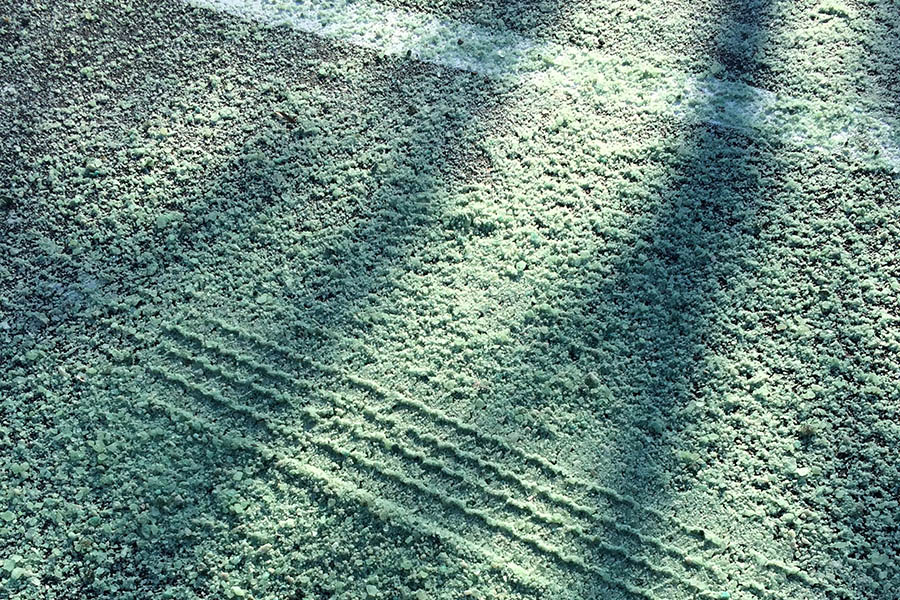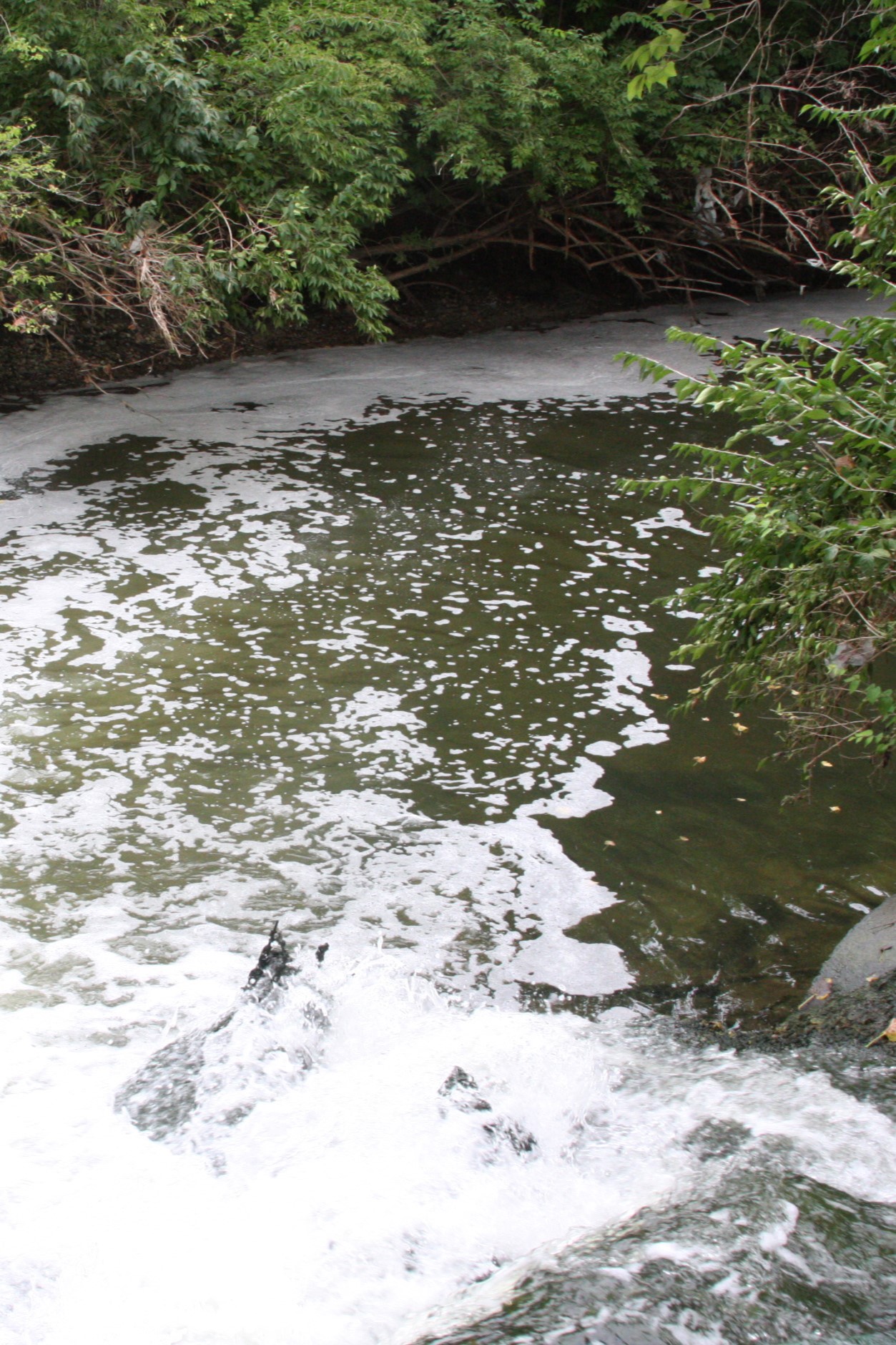
Road salt is effective in melting snow and ice but in excess it can pollute waterways if it gets washed into lakes, rivers, and streams.
Conductivity is the water’s ability to conduct an electrical current. The sensor works by running an electrical current through the water between two metal electrodes. In distilled water, where minerals and other impurities have been removed, the current does not have a medium in which to flow easily. When ions (from dissolved salts) are present in water the electrical current can easily pass through. When electricity uses these substances to pass through the water, the water is said to conduct electricity. The higher the concentration of dissolved salts, the higher the conductivity
Electrical conductivity (EC) is measured in microsiemens per centimeter (μS/cm). Since conductivity increases as the temperature of water increases, EC values are automatically corrected to a standard value of 25°C and the values are then referred to as specific electrical conductivity or specific conductance.
Note: Total dissolved solids in ppm can be obtained by multiplying EC (μS/cm) by 0.67. Total dissolved solids is different from total solids because it does not include suspended material.
Conductivity measurements are used to assess the health of a waterway. Aquatic organisms require a fairly constant concentration of major dissolved ions in the water to thrive. If dissolved ion concentrations are too high or too low, aquatic organism survival, growth, and reproduction could be impacted. Typically, conductivity measurements remain relatively constant within a range, therefore any large changes from a waterway’s baseline level can potentially indicate discharge or runoff of some kind of pollution.
| Type of Water | Conductivity Measured |
| Distilled water | 0.5 to 3 μS/cm |
| Freshwater rivers | 50 to 1500 μS/cm |
| Freshwater streams | 150 and 500 μS/cm |
| Industrial waters | Up to 10,000 μS/cm |
The geology of a lake or river strongly influences its conductivity. The composition of minerals in the lake or river bed and their tendency to ionize (i.e., readily erode or breakdown) can impact conductivity. For example, waterways with granite bedrock will have a lower conductivity than those that flow through limestone. Temperature also affects conductivity; warmer water conducts electricity better than cooler water.
Humans can impact conductivity too. Wastewater from sewage treatment plants and septic systems can increase conductivity, as can urban runoff from roads (especially road salt). In addition, excess fertilizer found in agricultural runoff can contain high levels of dissolved salts that can increase conductivity.

Measuring conductivity in wastewater from sewage treatment plants can provide insight into changes in the amount of dissolved substances or impurities in the discharged water.
Limno Loan
c/o Illinois-Indiana Sea Grant
Purdue University
195 Marsteller Street
West Lafayette, IN 47907-2033
Phone: 765-496-6009
Email: iisg@purdue.edu
This program is administered by Illinois-Indiana Sea Grant and funded by the Great Lakes Restoration Initiative via cooperative agreement between the U.S. EPA Great Lakes National Program Office and the National Oceanic and Atmospheric Administration.
© 2023 Illinois-Indiana Sea Grant.
All Rights Reserved.
Illinois-Indiana Sea Grant strives to ensure equal access and an inclusive environment.
Designed by Studio 2D